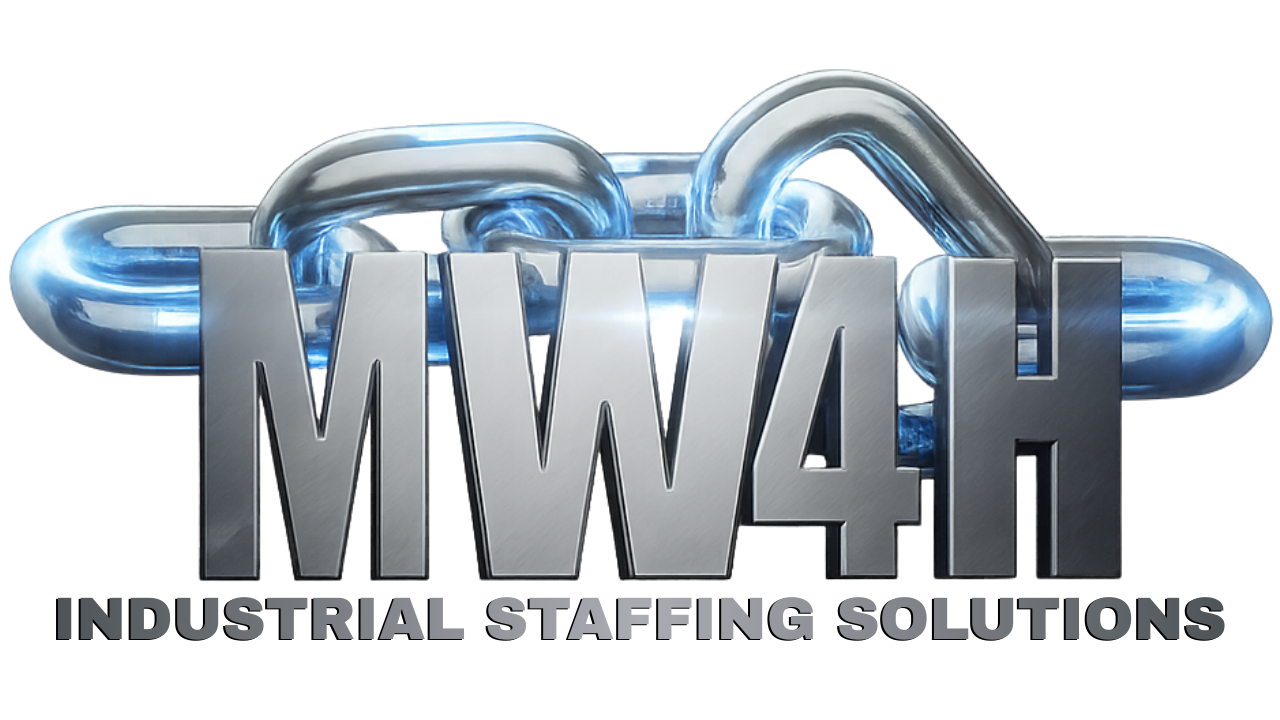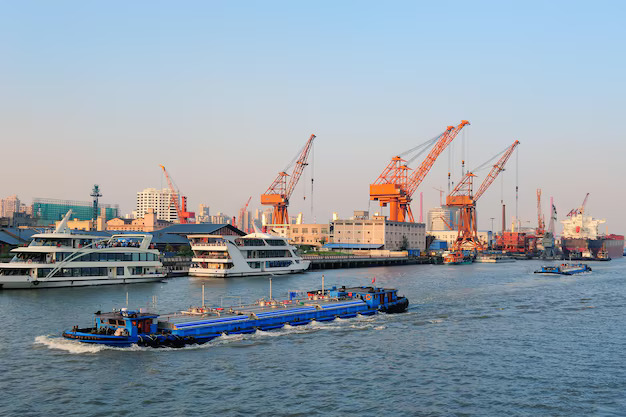



In recent years, U.S. shipyards have been gearing up for a wave of large-scale projects, many of which are set to transform the maritime industry and have long-term economic implications. These projects span a variety of sectors, including military contracts, cruise ship builds, and offshore energy initiatives, all of which require highly skilled workers to ensure their success. As the demand for new vessels, upgrades, and specialized equipment increases, shipyards are facing an evolving challenge: how to meet the labor needs of these ambitious projects. The key to overcoming this challenge lies in effective shipyard staffing. A focus on workforce development, recruitment, and retention is critical as U.S. shipyards prepare to take on some of the most significant projects in recent memory.
The U.S. maritime industry has always been a vital sector in the nation's economy, but in recent years, there has been a dramatic uptick in the demand for new and refurbished ships. Military contracts, which involve the construction of advanced naval vessels such as aircraft carriers, destroyers, and submarines, are one major driver of this demand. These projects require precision, cutting-edge technology, and a workforce with expertise in complex shipbuilding processes. As the U.S. military focuses on modernizing its fleet, the need for skilled shipyard workers has never been more pressing.
Cruise ships are another area where U.S. shipyards are preparing for large-scale projects. With the global tourism industry rebounding, cruise lines are investing heavily in new ships and refurbishing existing ones to meet the demands of travelers. The construction and maintenance of these massive vessels, which often feature luxurious accommodations, advanced amenities, and sophisticated environmental technologies, require a highly specialized workforce. Shipyard staffing for these projects must include workers with expertise in various fields such as welding, electrical systems, HVAC, and marine engineering.
Offshore energy projects are also contributing to the growing demand for skilled labor in shipyards. With the push for renewable energy sources, including wind and tidal power, shipyards are increasingly tasked with constructing vessels designed for offshore energy exploration and production. These projects are unique in their complexity, requiring shipyards to employ workers who have experience with specialized vessels like offshore platforms, supply ships, and service vessels. As the demand for renewable energy grows, the workforce in U.S. shipyards will need to evolve to meet the challenges presented by these cutting-edge projects.
The need for skilled workers across these sectors is undeniable. As U.S. shipyards prepare for large-scale projects, they must be proactive in addressing the increasing demand for labor. Effective shipyard staffing strategies will be central to the success of these projects and the growth of the industry as a whole.
While the demand for skilled labor is high, the availability of workers with the required skill sets is not keeping pace. U.S. shipyards, particularly those in regions where large-scale projects are most concentrated, are struggling to find and retain the skilled workers needed for these specialized roles. According to recent reports, many shipyards are facing labor shortages due to an aging workforce, a lack of vocational training programs, and competition from other industries.
One of the most significant challenges is the aging workforce. Many experienced shipbuilders and engineers are nearing retirement, and there are not enough young workers entering the industry to replace them. Shipyard staffing programs must address this issue by attracting younger workers and providing the training necessary to bring them up to speed. The demand for skilled workers is not just about filling positions, but about ensuring that workers possess the right skills to meet the evolving demands of modern shipbuilding.
Vocational and technical training programs play a crucial role in addressing the skills gap. While some shipyards have implemented apprenticeship programs and partnerships with local community colleges, many are still struggling to attract young workers who are interested in pursuing careers in shipbuilding. Shipyard staffing efforts must include outreach to younger generations to promote the benefits of working in the maritime industry. Additionally, expanding training opportunities will help workers gain the specialized skills required for large-scale projects, ensuring that shipyards can meet future demands.
Another challenge that shipyards face is competition from other industries, particularly those in sectors like technology, construction, and renewable energy. These industries are also experiencing labor shortages and are often able to offer competitive wages and benefits. For shipyards to remain attractive to potential workers, they must offer competitive compensation packages, career advancement opportunities, and a work environment that prioritizes safety and job satisfaction.
To meet the challenges of growing demand, U.S. shipyards must adopt strategic approaches to shipyard staffing. These strategies should focus on workforce development, recruitment, and retention, as well as fostering a positive work culture that supports continuous learning and professional growth.
One of the first steps in addressing the labor shortage is to invest in workforce development programs. Shipyards must collaborate with local schools, vocational programs, and community colleges to create pathways for young people to enter the industry. These partnerships can help create a pipeline of skilled workers who are prepared to meet the needs of shipyards as they take on large-scale projects.
Workforce development should also include on-the-job training and certification programs. These initiatives ensure that workers are equipped with the technical skills necessary to operate modern machinery, work with advanced materials, and follow industry-specific safety protocols. As shipyards prepare for large-scale military, cruise ship, and offshore energy projects, workers must be well-versed in the latest shipbuilding technologies, such as advanced welding techniques, automation systems, and eco-friendly materials.
Attracting new talent to the maritime industry requires targeted recruitment strategies. Shipyards must enhance their visibility among potential workers by promoting the benefits of working in shipbuilding. Campaigns should highlight the opportunity to work on high-profile projects that contribute to national security, technological innovation, and sustainability.
Recruitment efforts should also focus on diversity and inclusion, ensuring that individuals from a variety of backgrounds are encouraged to pursue careers in shipyards. Initiatives to recruit women, minorities, and veterans can help create a more diverse and dynamic workforce, which is crucial for innovation and growth in the maritime industry.
Once shipyard workers are hired, it is essential to implement retention programs to keep them on the job long-term. Competitive wages and benefits are a critical component of these programs, but retention efforts must go beyond compensation. Providing opportunities for career advancement, offering professional development programs, and creating a positive work environment where workers feel valued and supported are all key to retaining skilled workers.
Additionally, ensuring a safe work environment is vital to reducing turnover and improving job satisfaction. Shipyards must prioritize safety training and invest in equipment and practices that protect workers from accidents and injuries. A culture of safety, along with clear career progression opportunities, will make shipyards more attractive employers and help reduce the risk of losing experienced workers.
While human labor remains essential in shipbuilding, technology and automation are becoming increasingly important. Advanced robotics, automated welding machines, and computer-aided design (CAD) software are already playing a role in enhancing the productivity and efficiency of shipyards. Integrating these technologies into daily operations will allow shipyards to get more done with fewer workers, freeing up human resources for more complex tasks that require specialized expertise.
However, implementing these technologies will require workers to have strong technical skills. As part of shipyard staffing efforts, shipyards must provide training on how to work with these advanced tools and systems. By blending human expertise with cutting-edge technology, shipyards can improve efficiency and take on more ambitious projects.
Shipyard staffing is a critical component of U.S. shipyards' ability to prepare for and successfully complete large-scale projects in the coming years. The growing demand for skilled workers, driven by military contracts, cruise ship builds, and offshore energy initiatives, presents both challenges and opportunities for the maritime industry. To meet this demand, shipyards must adopt strategic staffing approaches that focus on workforce development, recruitment, retention, and the integration of new technologies. By investing in the future of their workforce, U.S. shipyards can ensure that they are well-equipped to take on the major projects that lie ahead and continue to play a central role in the nation's economy and security.
Ultimately, the success of these large-scale projects will depend on the ability of shipyards to attract, develop, and retain the skilled workers necessary to meet the demands of the 21st century. Shipyard staffing will be central to this process, and the industry must continue to evolve and adapt to ensure its workforce is ready for the challenges and opportunities of the future.